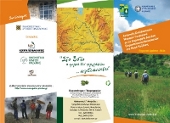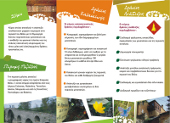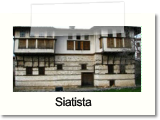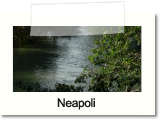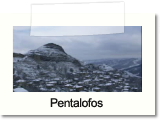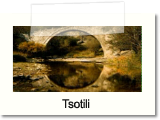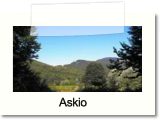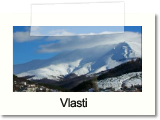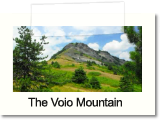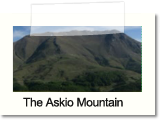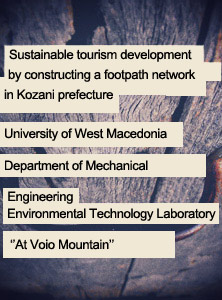
Volunteers
Meteorological indicators
| Fire Indicator |
| Fog Indicator |
News
Project presentation
FUNDING
Partners – Contact
The Stony Bridges
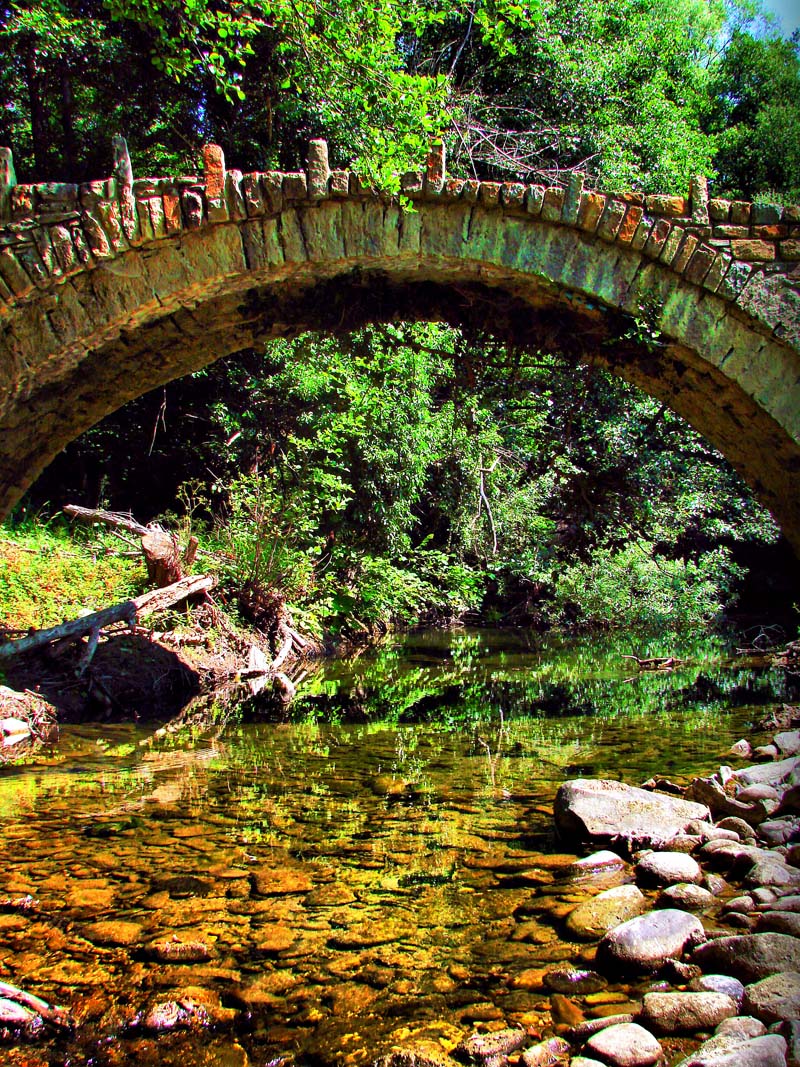
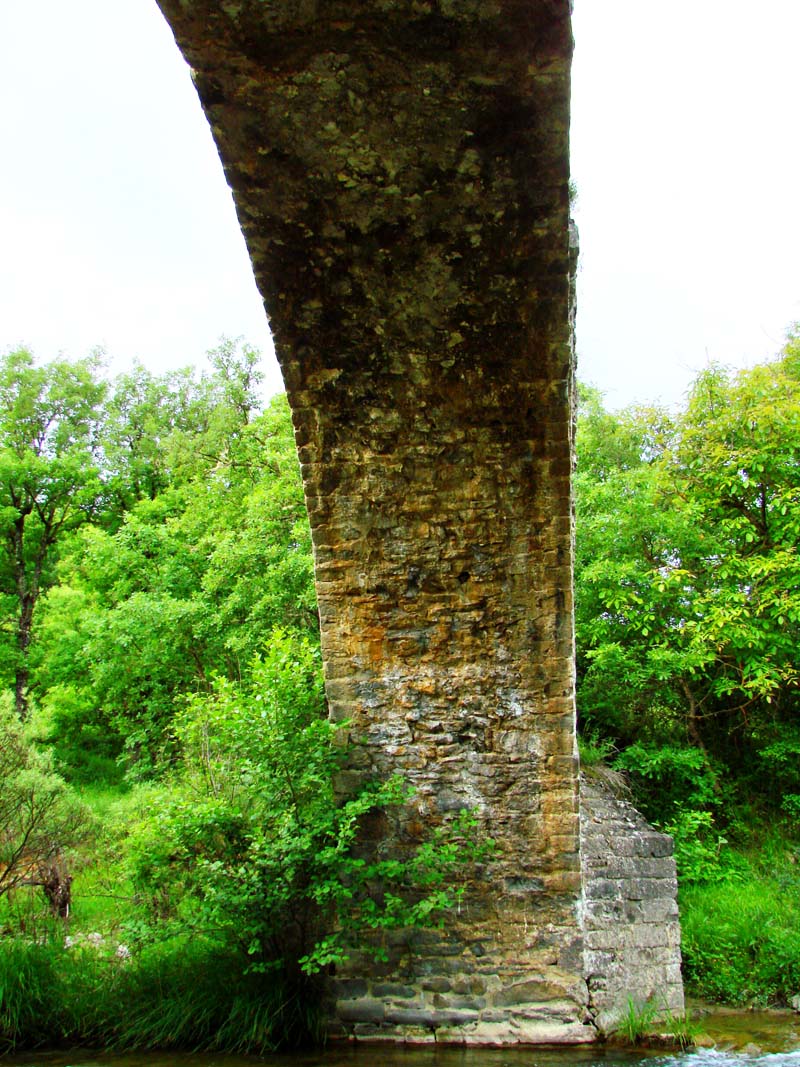
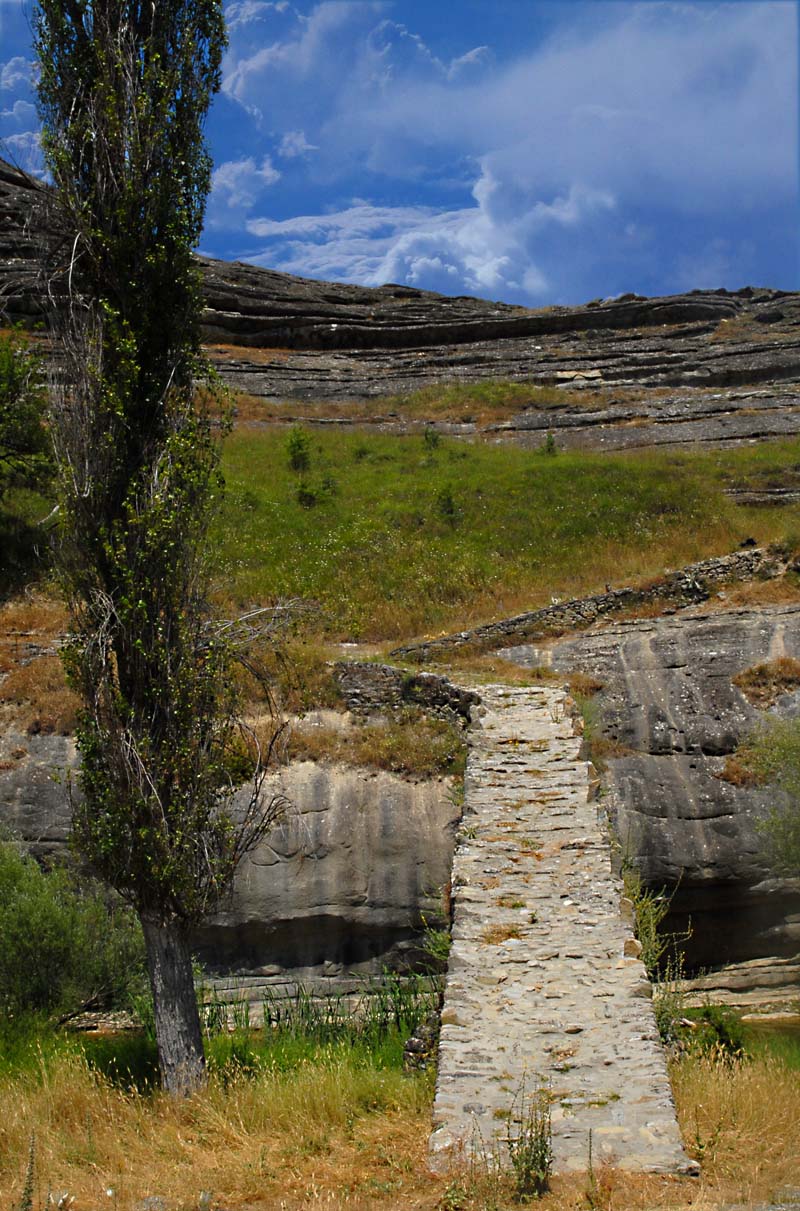
The Stony Bridges
The dialogue of the master builder with nature …
The river Pramoritsa and its several streams posed an obstruction during transport, not an unsurpassable one, though. A series of stone bridges connect from very early the banks of the river and of its streams.
Voio is one of the characteristic areas of Greece where stone bridges are aggregated, which are also recognized as works of rare art. Here we can find more that
Of course, times have changed, paths have been abandoned and most bridges are no longer used but they keep the memory alive. Today, for most visitors, they are an occasion for pleasant treks in the great outdoors, simultaneously offering valuable lessons in architecture. To build a bridge, the artisans would first define the spots where the foundations would be set. Its construction would start simultaneously from both sides, with carven slates and strong binder. With the aid of a scaffold, the two sides would meet at the peak of the arch. The stones around the arch would be masterfully carved and placed around the center where the coign-shaped rock called kleidi (key) would be placed and ensure the stability of the whole structure. The remaining body of the bridge would then be built with carved stones (or not, depending on the design). To achieve optimal cohesion between the outer and the inner layers, iron T-shaped components would be fitted inside the structure.
GUIDE "IN PATHS OF VOIO"
Topics of Special Interest
- ‘‘Architecture - The Mastorokalfades of Voio’’
- ‘‘The Stony Bridges’’
- ‘‘The Villages of Voio’’
- ‘‘The Visitable Monasteries of Voio’’
- ‘‘The Primeval Oak Trees’’
- ‘‘Ontria – A Rare Geomorphological Phenomenon’’
- ‘‘Nature’s Wonders – Footsteps and Human-like Rocks’’
- ‘‘The Waterfalls of Skotomeno Nero – A Natural Monument’’
- ‘‘The Artificial Lake of Vythos – A New Wetland’’
- ‘‘River Pramoritsa and its Waterfalls’’
- ‘‘The Enormous Cliffs of Haros at Pyrgos Kotylis’’
- ‘‘The Peculiar Geology of Mount Voio – Rare Fossils’’
- ‘‘Voio and the Mushroom Madness’’
- ‘‘Voio - The People’’
- Zoupaniotikos Ailias – Voio’s trademark
- Taliaros and its Role during the Civil War
- Thematic Feasts in the Villages of Voio
- Ecology of Voio
- The European Path E6
- Paliokrimini and the Destroyed Village
- Local Products





